The everyday life of a cheerleader
They go to school full-time, go through long practices and still find time to cheer you on during games.
(From left to right) Sophomore Gabbe Moore, freshman Sydney Hafen, freshman Karina Cruz and sophomore Sierra Teska wave to the crowd during a football game. Photo courtesy of FAU Athletics
April 14, 2017
In the 1950s, the Baltimore Colts football team had the first recorded cheerleading team cheering for them on the sidelines. Now, there are thousands of different cheer squads not only across the United States, but across the world as well.
Cheerleading, which can include chanting, cheering, tumbling, dancing, jumping and other strenuous activities, is meant to provide spirit and support to athletic teams, such as football and basketball, for schools of all levels.
Even though the main idea of cheerleading is to cheer on a sports team, there is more to it than what meets the eye.
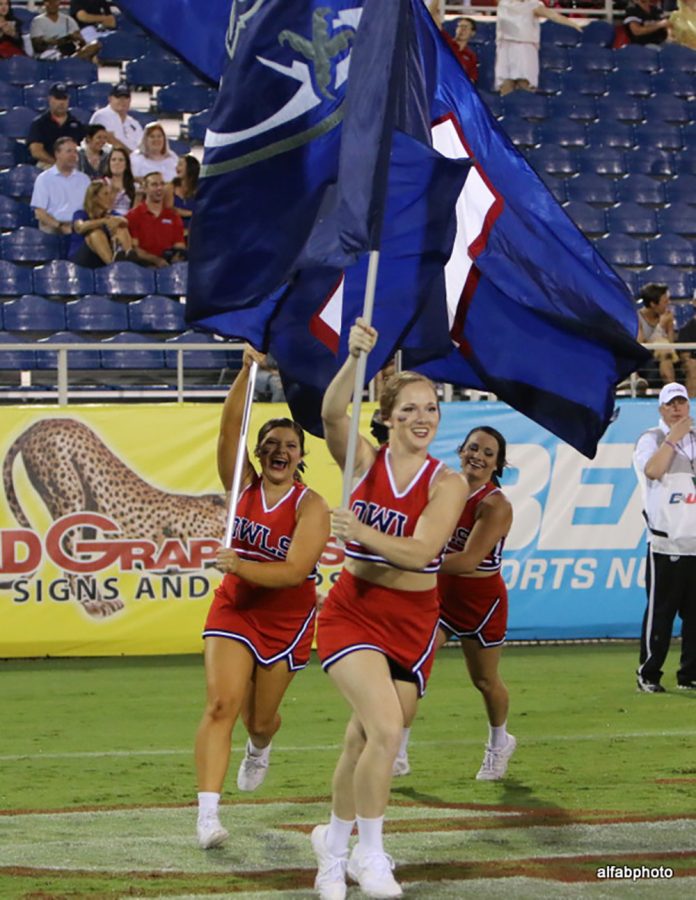
FAU has a cheerleading squad that currently consists of 22 students, all with different majors, backgrounds and aspirations.
An aspect of cheerleading that many people might overlook is what goes on behind the scenes.
“What we do definitely takes a toll on your body mentally, physically and emotionally, so I feel like an individual just needs to have a strong mindset to be able to keep up with the physical aspects as well as the mental and the emotional,” Jessie Castillo said, a sophomore cheerleader majoring in biological sciences.
“You always have to be not necessarily positive but willing to try new things and get out of your comfort zone,” she added.
When they’re not busy cheering on the Owls, they can be found doing a handful of tasks that ensure their spot on the squad.
In order to stay on the team, FAU cheerleaders must be full time-students with at least a 2.0 grade point average.
Considering the academic demands, weighing in the physical demands can give the cheerleaders a heavy workload day by day.
“We have to put our bodies through so much wear and tear. We have workouts two times a week, we have practice three times a week and then when we add competition in, we have practice four or five times a week,” junior journalism major and cheerleader Marisa Paglino said.
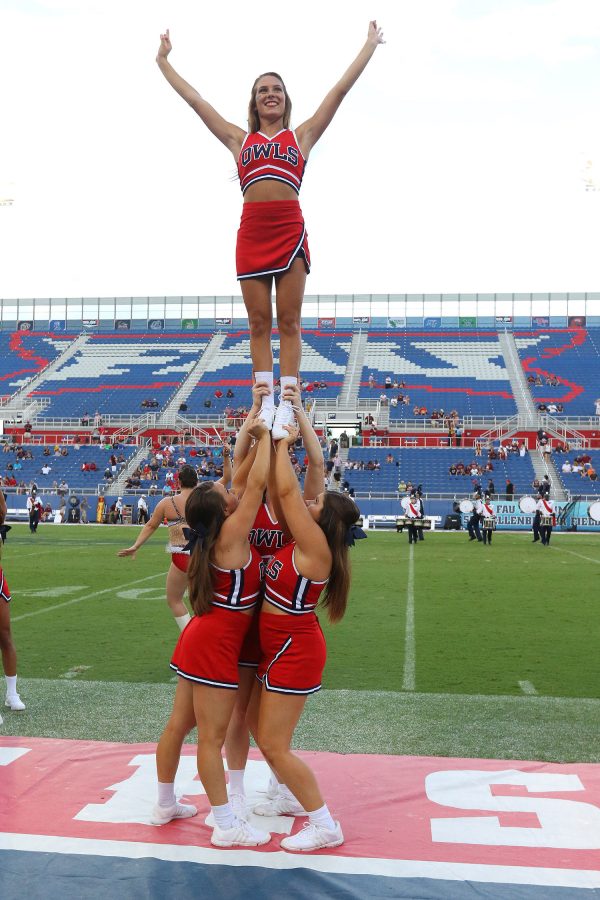
Photo courtesy of FAU Athletics
On top of all of this, the NCAA does not consider cheerleading a sport. This means that cheerleading teams at every college and university do not get as many, if any, of the benefits that other teams receive, like that of football and basketball.
Teams considered a sport by the NCAA receive tutors, specialized doctors and medical attention, scholarships and more.
Cheerleading teams competing at college levels receive none of the above.
“It makes people not want to pursue it because you can’t get scholarships. It can’t help you out for the rest of college. All of the other sport teams get scholarships, money, tutors and everything paid for and we get zero,” sophomore cheerleader Alexa Laster said, who is majoring in business management.
Despite the lack of advantages offered to cheerleaders, Paglino said that it comes with its own benefits.
“It’s definitely a big part of my life because it taught me things like time management, how to manage stress, things I’ve learned that I can use in the real world,” she said. “It’s more than just a sport to me.”
The FAU cheer squad spends so much time together, a certain bond and connection grows and brings the team together on a intimate level. Through this bond, personal growth takes place.
Castillo said, “It definitely taught me how to be confident and how to work with other people that you probably wouldn’t talk to or work with outside of cheerleading. It also taught me how to get over mental blocks or to get over stress that is outside of cheerleading or outside of school. It taught me a lot of personal skills that helped me get to where I am today.”
Bella Riccitelli is a contributing writer with the University Press. For information regarding this or other stories, email [email protected] or tweet her @bellariccitelli.

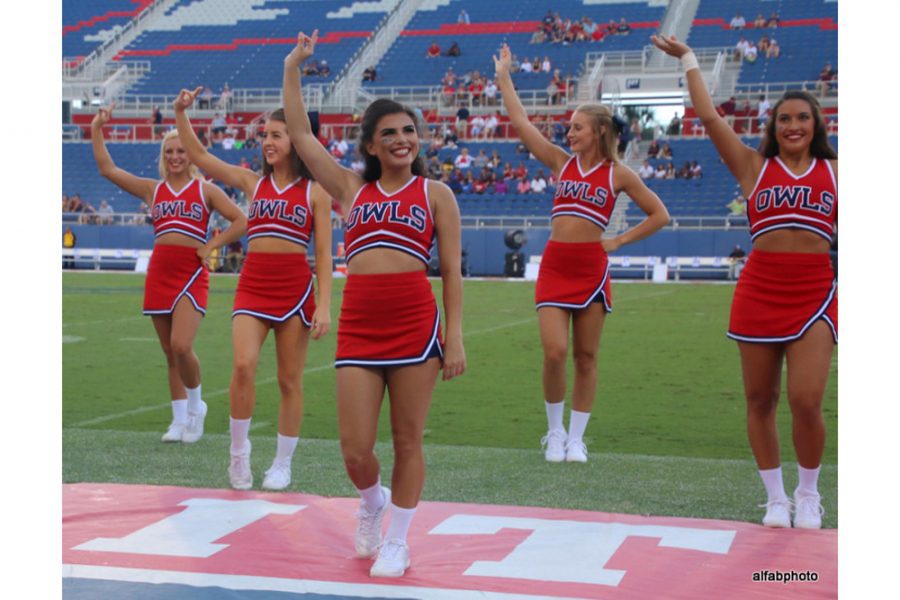


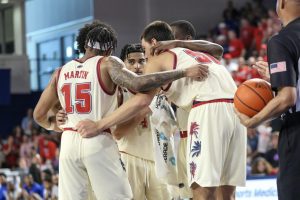


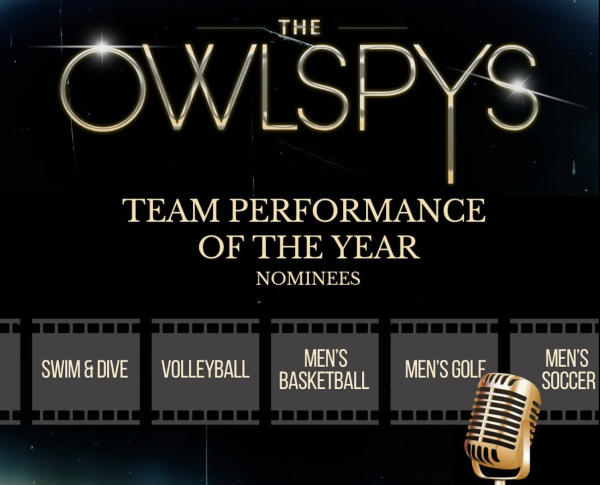
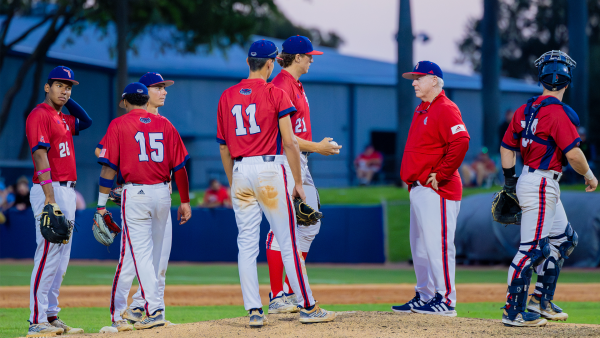
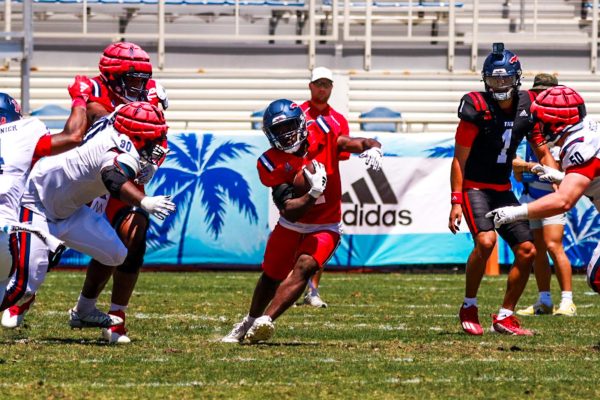
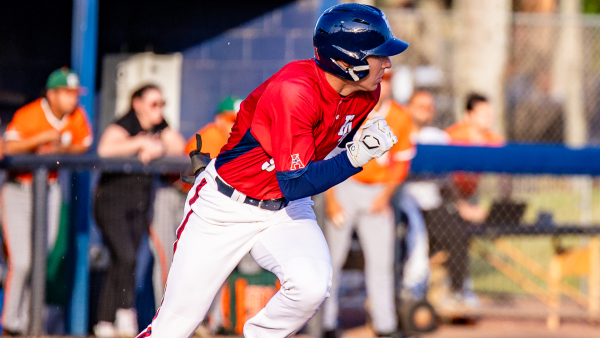

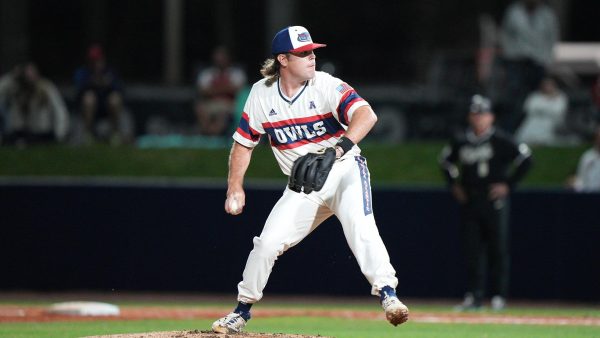
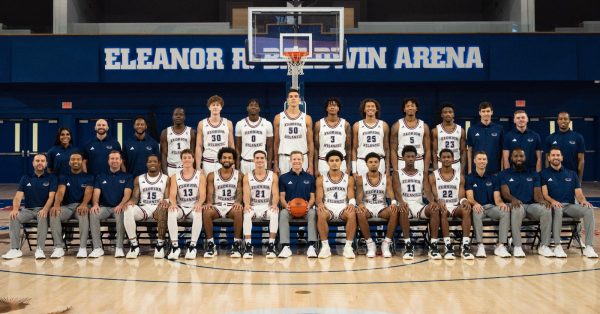
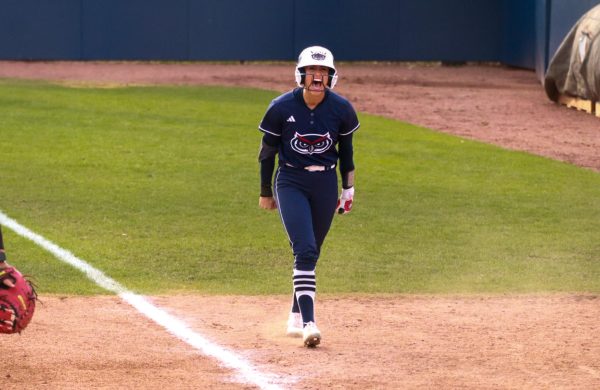

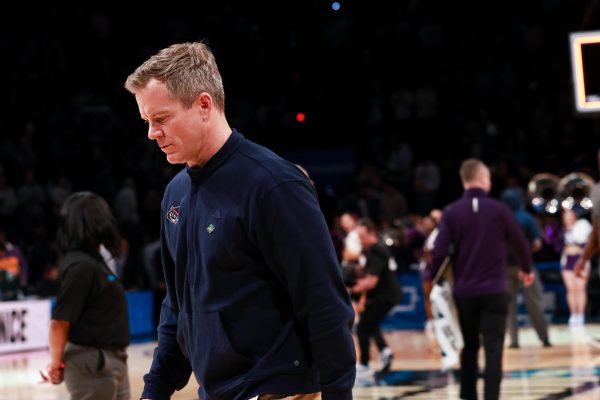
AC • Apr 25, 2018 at 10:57 am
Cheer leading isn’t for everyone, but everyone has a place in cheer leading. We have a special needs athlete on my competitive rec team and she kills every performance. I don’t think I’ve seen someone as great as her improve this much in one single season. Saying this, it truly is the best part of my life.